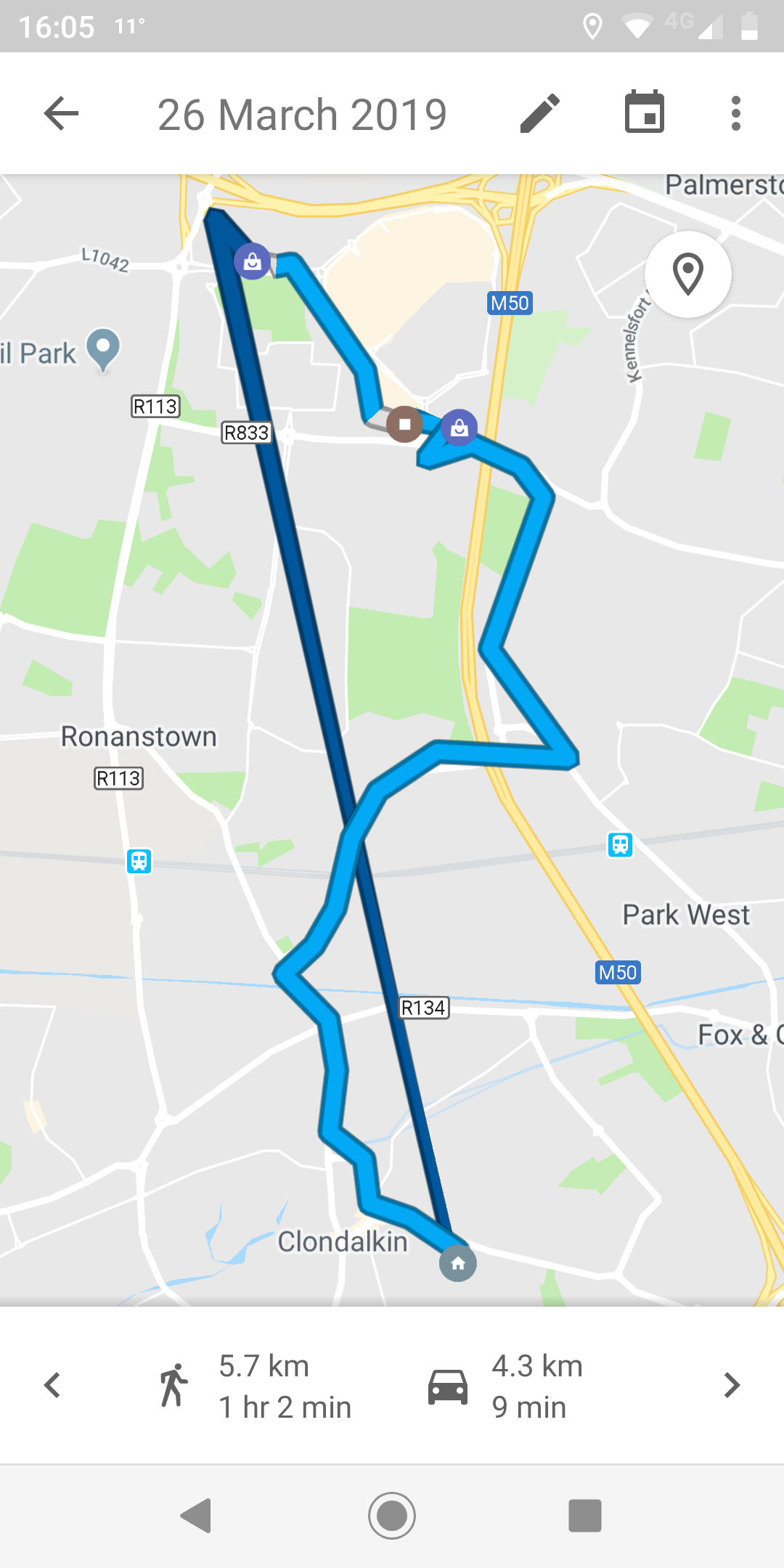Google Maps Timeline, an archive of your digital wanderings, offers an intriguing look into your past travels. What if you decide to secure this history, analyze it, or simply have a local copy? This guide will help you navigate the process of exporting your Google Maps Timeline history.

1. Opening Your Timeline:
Open Export Google Timeline To Excel: Start the Google Maps app on your mobile device or go to maps.google.com on your desktop.
Navigate to Your Timeline: Locate the "Your Timeline" option within the Google Maps menu. This is typically located in the menu or under your profile settings.
2. Exporting Your Data:
Access Export Google Timeline To Excel Takeout: Google Takeout is the designated tool for downloading your Google data.
Select "Location History": In the Takeout menu, select "Location History." This encompasses your Timeline data.
Customize Your Export:
File Format: Pick the preferred file format (such as KML, KMZ, JSON). KML and KMZ are popular geospatial formats, while JSON is a versatile data exchange format.
Delivery Method: Select how you want to get your data (like email, Google Drive).
Start Export: Start the export process. Based on the amount of your Timeline data, this may take some time to complete.
3. Understanding Your Exported Data:
KML/KMZ: These formats are commonly used in mapping software and can be quickly visualized in Google Earth or other GIS applications.
JSON: This format is adaptable and can be applied in further examination or integration with other applications. You could need to use a specialized software to process and visualize the data.
Tips and Considerations:
Review Your Timeline: Before exporting, review your Timeline and ensure you're fine with the data being exported.
Privacy Settings: Modify your Location History settings in Google Maps to control what data is stored.
Data Security: Keep your exported data safely on your device or a reliable cloud storage service.
Beyond the Technical:
Exporting your Google Maps Timeline is more than a technical exercise. It's an way to revisit your past, analyze your travel patterns, and achieve a deeper understanding of your connection to the physical world.
Disclaimer: This guide gives basic information and may not be applicable to all users or devices. Google's options and functionalities may evolve over time.
This article aims to be unique by:
Emphasizing the "why" in addition to the "how": Pointing out the importance of exporting Timeline data for personal reflection, analysis, and preservation.
Offering a concise guide: Breaking down the process into straightforward steps.
Offering practical tips and considerations: Focusing on privacy concerns and data security.
By using these steps, you can tap into the hidden value of your Google Maps Timeline and obtain a deeper understanding of your digital footprints.